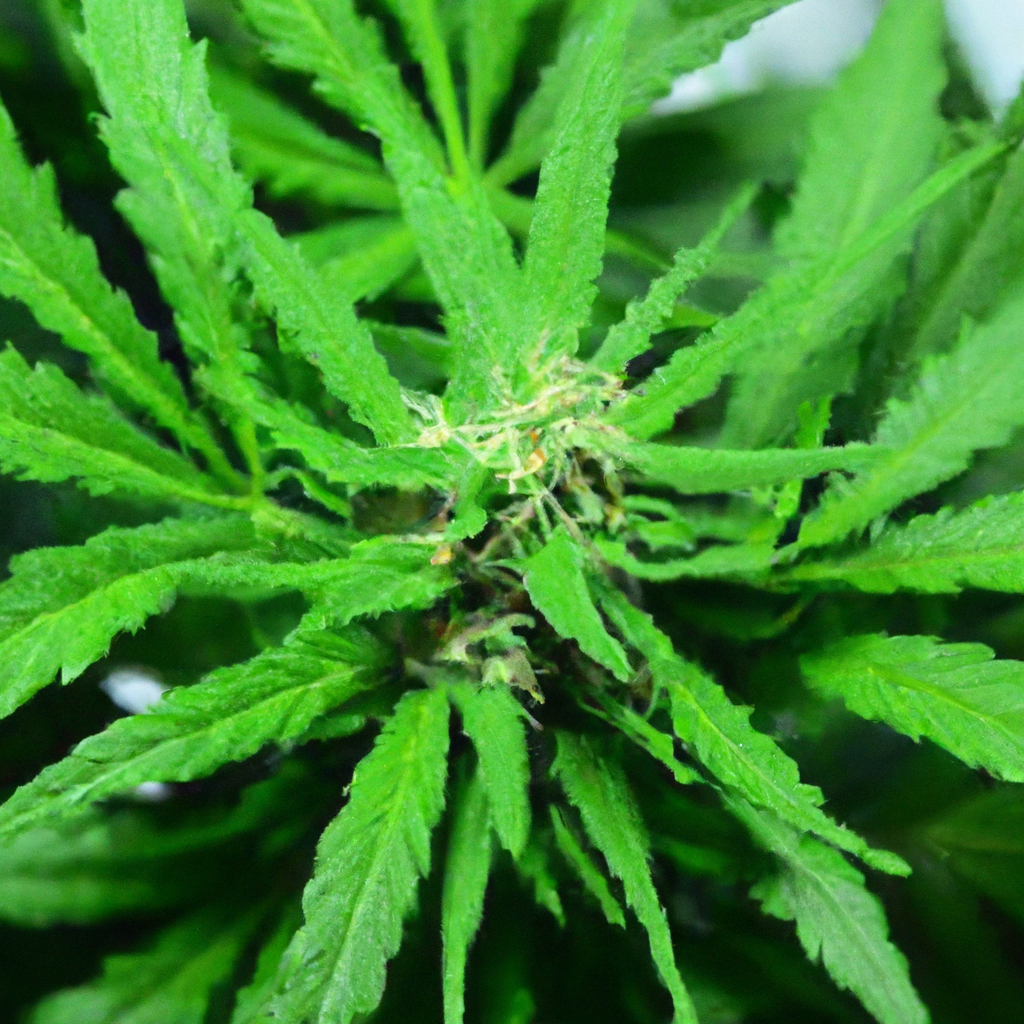Your cart is currently empty!
As cannabis cultivation becomes increasingly popular, growers are constantly seeking new ways to optimize plant health and yield. Among the many factors that contribute to successful cannabis growth, effective fertilization stands out as a critical component. Whether cultivating indoors or outdoors, understanding the nuances of nutrient management can significantly impact the quality of your harvest. This guide explores essential fertilization techniques to help you maximize your cannabis growth.
Understanding Nutrient Essentials
Cannabis plants require a balanced mixture of macronutrients and micronutrients to thrive. Macronutrients like nitrogen (N), phosphorus (P), and potassium (K) are needed in larger quantities, while micronutrients such as magnesium, calcium, and iron are required in trace amounts. Each nutrient plays a unique role in plant health, influencing growth, flower development, and overall vigor.
Best Fertilization Practices
1. Soil Testing
Before applying fertilizers, conduct a thorough soil test to determine its current nutrient composition. This will help you identify deficiencies and avoid over-fertilization, which can lead to nutrient burn and reduced plant health.
2. Choosing the Right Fertilizer
Choose a fertilizer that complements your soil’s existing nutrient profile. Organic fertilizers, such as compost and worm castings, provide a slow-release of nutrients, while synthetic options offer precise nutrient ratios. Consider the stage of growth—vegetative or flowering—when selecting your fertilizer to ensure appropriate nutrient delivery.
3. Application Timing and Frequency
The timing and frequency of fertilizer applications are crucial for optimal cannabis growth. During the vegetative stage, focus on providing higher levels of nitrogen for robust foliage growth. As the plant transitions to the flowering stage, switch to a formula rich in phosphorus and potassium to support bud development.
Common Fertilization Challenges and Solutions
Even the most experienced growers face fertilization challenges. Here are some common issues and how to tackle them:
- Nutrient Burn: This occurs when plants receive excessive nutrients, leading to yellowing or browning of leaves. To remedy this, flush the soil with water and adjust your nutrient regimen.
- Nutrient Deficiencies: Signs of deficiencies include discolored leaves and stunted growth. A balanced fertilizer and foliar feeding can provide a quick remedy.
- pH Imbalance: Nutrient absorption is contingent upon proper pH levels. Maintain soil pH between 6 and 7 to ensure optimal nutrient uptake.
Concluding Thoughts
Effective fertilization is a cornerstone of successful cannabis cultivation. By understanding your plant’s nutrient needs and implementing strategic fertilization practices, you can foster healthy growth and maximize your yield. Remember, a balanced approach to fertilization will produce quality and abundant cannabis crops.
Tags: CannabisCultivation, NutrientManagement, OrganicGrowing, fertilizer, SoilHealth
Discover more from Magic Clones
Subscribe to get the latest posts sent to your email.


Leave a Reply